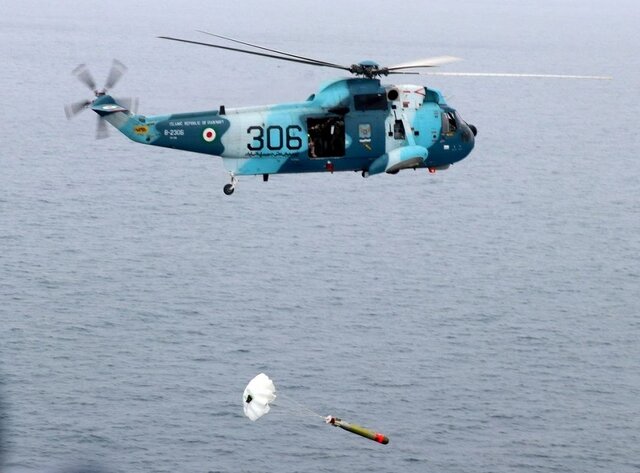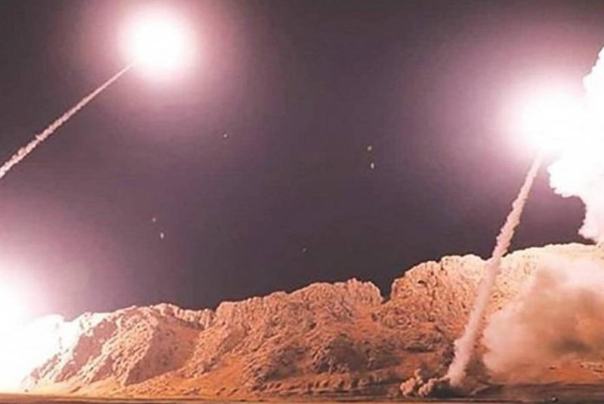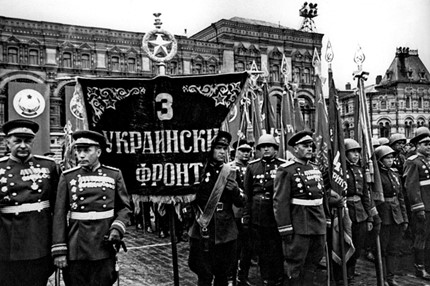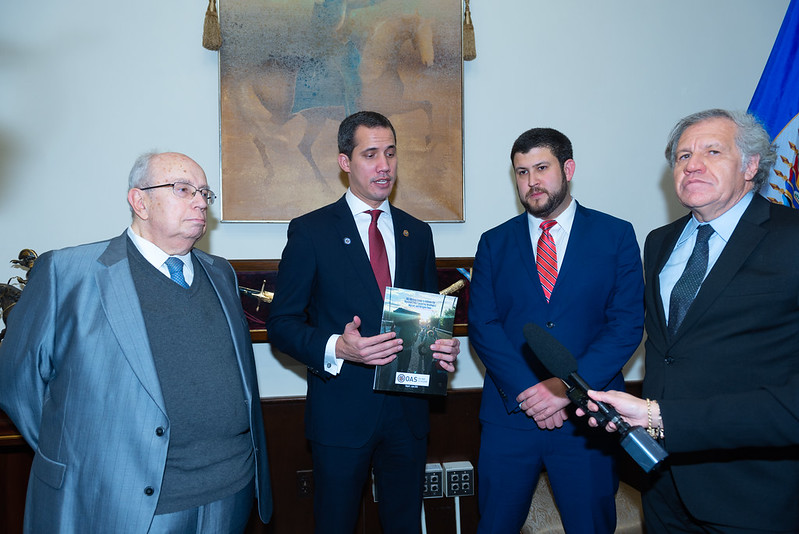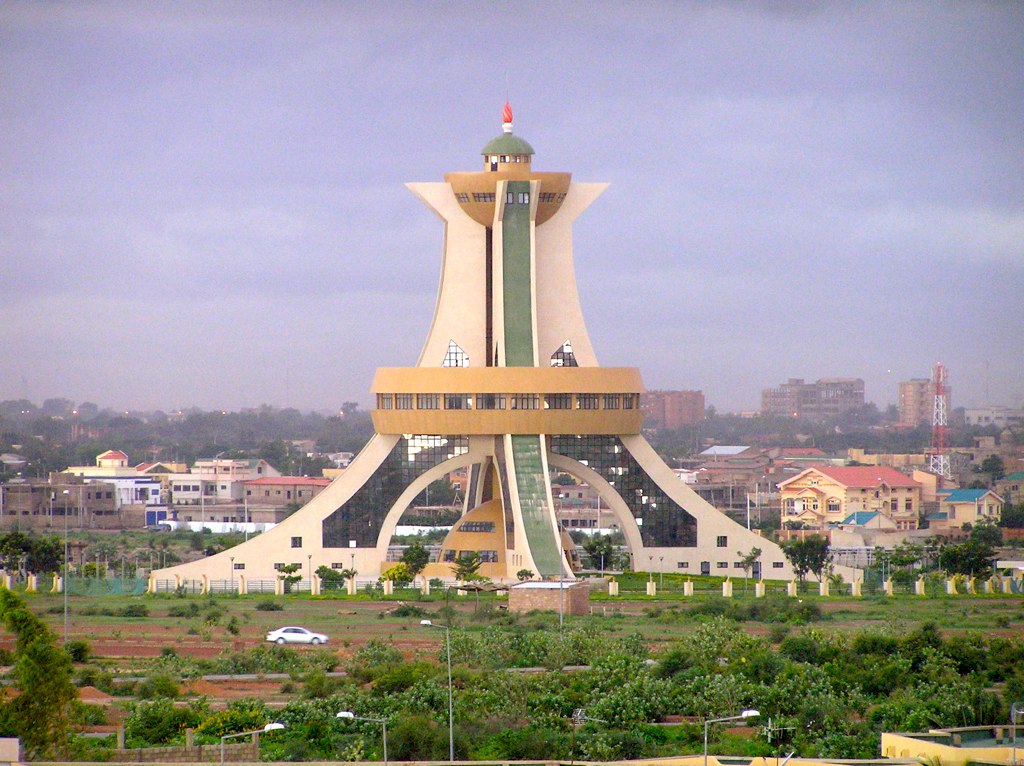
Memorial of the Martyrs in Ouagadougou, Burkina Faso.
“Are two weeks enough to train combatants? Does Burkina Faso have enough arms and ammunition to equip the 50,000 recruits? Will [the government] be able to control the numerous VDP groups scattered throughout the country’s 351 communes?”
Burkina Faso has adopted a two-pronged approach to fighting terrorism: through massive military and vigilante recruitment programs and by moving towards reliance on Russia. In the first excerpted article published bycentrist pan-African think tank Institute for Security Studies, the authors offer a useful overview of Burkina Faso’s domestic military recruiting efforts aimed at extending military force structure, which are marked by volunteer recruitment. Notably, they relay that after receiving some 90,000 applications for citizens to become members of the Volunteers of the Defense of the Homeland (VDP) brigades to combat violent extremist groups, the country has selected some 50,000, which it will assign to posts around the country following only 14 days of military training. The authors worry about the numerous challenges that such a large and likely underresourced mobilization might engender. In the second article from the Mali-based daily Le Journal du Mali, details emerge about the recent meeting between Russia’s Ambassador to Burkina Faso and the latter country’s Prime Minister. As the article details, the two have agreed to work together to fight terrorism, fueling rumors about the presence or entrance of Wagner mercenaries, which Burkina Faso has formally denied but which in-country observers have claimed to exist.[i] The Ambassador also promised to work with Burkina Faso on issues of technology transfers, which is indicative of Russia’s broader approach to garnering African allies. Burkina Faso’s new approach suggests a willingness to risk future instability by training and arming citizen militias, as well as to turn toward pariah states like Russia even if that means risking international isolation. While the efficacy of such new approaches remains to be seen, a key takeaway is that the traditional approaches of addressing African terrorism that have defined the last 20 years—primarily significant French and American assistance—are now in flux in West Africa.
Sources:
Hassane Koné and Fahiraman Rodrigue Koné, “Risks of Burkina Faso’s New Military Approach to Terrorism,” Institute for Security Studies (centrist pan-African think tank), 9 January 2023. https://issafrica.org/iss-today/risks-of-burkina-fasos-new-military-approach-to-terrorism
Fifty thousand Burkinabe civilians have joined the Volunteers for the Defense of the Homeland (VDP) to fight the violent extremists currently occupying nearly half of the country. The recruitment campaign, launched in October 2022 by Burkina Faso’s authorities after the 30 September coup, ended on 18 November. More than 90,000 applications were received, and those selected will undergo 14 days of military training.
The military authorities intend to assign 35,000 VDPs in their residential communities and the remainder alongside the country’s Security and Defence Forces nationwide.
The use of civilian auxiliaries to support the security forces in the fight against terrorism has been tested since 2020 under Roch Marc Christian Kaboré, who was ousted as president in last year’s January coup. The civilians intervened mainly in the Kaya (North-Central), Ouahigouya (North) and Fada N’gourma (East) regions.
Captain Ibrahim Traoré, the new president of the transition, has made recovery of the territory lost to violent extremists his priority as did Paul-Henri Sandaogo Damiba, who Traoré overthrew in September. While Damiba considered dialogue with terrorists, Traoré seems to be focusing on military action based on the concept of popular defence…. Traoré also invited citizens to participate in the war effort by making in-kind or cash contributions…
Are two weeks enough to train combatants? Does the country have enough arms and ammunition to equip the 50 000 recruits? What living and working conditions will they have? Regarding supervision, will the Brigade of Vigilance and Patriotic Defense be able to control the numerous VDP groups scattered throughout the country’s 351 communes? Could inadequate supervision and human rights training not encourage abuses by the civilian auxiliaries?
“Burkina-Russie: Élaboration d’une feuille de route pour lutter contre le terrorisme (Burkina Faso-Russia: Elaboration of roadmap to fight terrorism),” Le Journal du Mali (privately-owned Malian daily), 12 January 2023. https://www.journaldumali.com/2023/01/12/burkina-russie-elaboration-dune-feuille-de-route-pour-lutter-contre-le-terrorisme/
The Russian ambassador accredited to Ouagadougou, with Abidjan as his residence, is staying in the Burkinabè capital where he met the Prime Minister of Burkina, Me Apollinaire Kyelem de Tambèla and several members of his government. Ouagadougou and Moscow will “develop a roadmap of their bilateral cooperation. From this, we will see what Russia could bring to Burkina in the context of security and the fight against terrorism,” Russian Ambassador to Burkina Faso Alexey Saltykov said.
Beyond the security issue, the discussions also focused on the possibilities of formalizing technical and financial cooperation between Moscow and Ouagadougou… The Russian diplomat added that his country is willing to support Burkina through a transfer of emerging technologies in several sectors…
Since the beginning of September 2022, voices have regularly called on the new authorities to move closer to Russia to the detriment of France, to find a solution to the terrorism that has plagued the country for seven years. The head of government, who has stayed in Moscow, has repeatedly affirmed the need to diversify partnerships, fueling rumors about the Burkinabé authorities resorting to the services of the Russian paramilitary group, Wagner.
Image Information:
Image: Memorial of the Martyrs in Ouagadougou, Burkina Faso
Source: https://commons.wikimedia.org/wiki/File:Memorial_of_the_Martyrs-Ouagadougou-4.jpg
Attribution: CC BY 2.0

